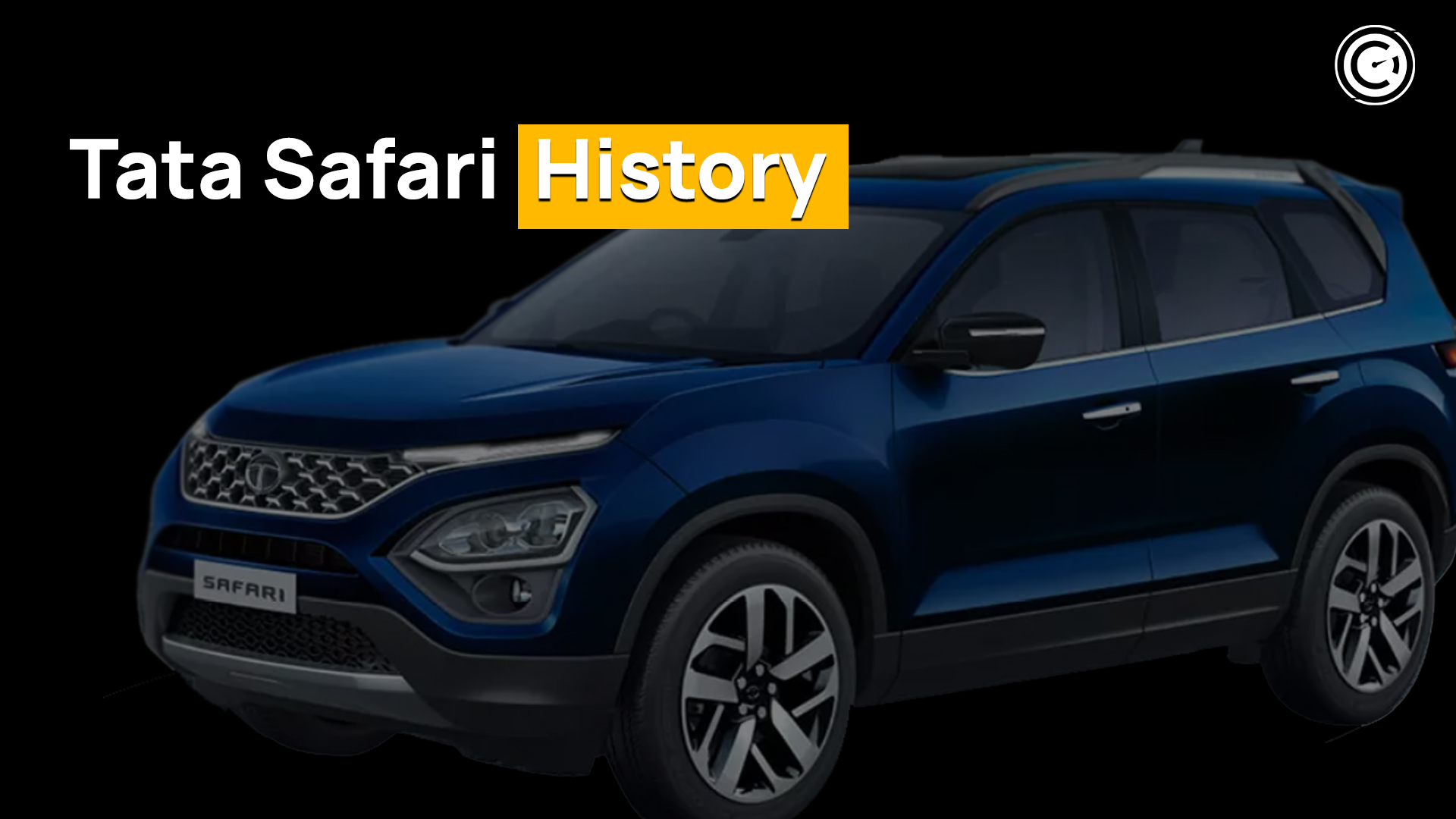The automobile that started it all, the car that introduced India to the modern-day SUV silhouette. Today, we’re going back in time to speak about the Tata Safari, one of the most famous automobiles in the Indian automotive industry, and check out the Tata Safari’s history.
It was 1998, and Tata Motors already had two bulky utility cars on the market: the Tata Sierra and the Tata Sumo, both of which were regarded legends in their own right. Around this time, Tata Motors introduced a new competitor, and the trio coined the moniker Si-Su-Sa, with ‘Si’ referring to the Sierra, ‘Su’ to the Sumo, and new ‘Sa’ referring to the all-new Safari.
Table of Contents
Tata Safari History
Safari is being phased out
With the introduction of many modern-day mid-size SUVs and the market’s move to new and groundbreaking compact SUVs, the Safari began to appear antiquated in comparison to the market’s current potential.
Tata Motors gradually phased out the Moniker after the introduction of BS6 standards around 2019.
When was it launched and more?
Since 1998, Tata Motors has been producing the Safari, a mid-size SUV. The first-generation Safari was built as a seven-seater SUV with a folding third row and a spacious cabin; on the market, it has positioned itself as a low-cost alternative to major off-road vehicle companies. In the year 2021, Safari was reinstated. The second-generation Safari, unlike the original, is the front monocoque crossover SUV on Tata Harrier chassis. The Safari, according to Tata Motors, is one of the best-selling 6/7-seater high SUVs, with a 25.2 percent market share. Hyundai Alcazar, MG Hector Plus, and Mahindra XUV500 are some of its competitors. In February of last year, the Tata Safari was introduced in India.
Tata Safari generations
First-gen Tata Safari
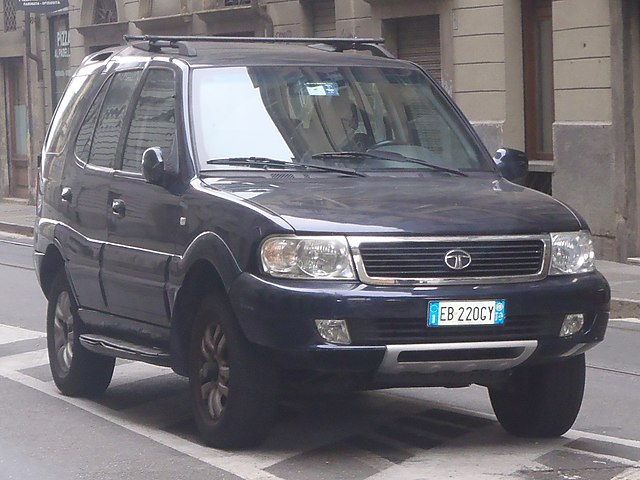
At the 1998 Auto Expo, the Tata Safari made its premiere. It was an instant hit due to its colossal size and macho appearance. The first-generation Safari has a 2.0-liter turbocharged diesel engine based on the Peugeot XD88 engine that had previously been utilized in the Sierra. It had 90 horsepower and was coupled to a five-speed manual transmission. Safari was well-known for its off-road skills because of its 4WD option. The tremendous quantity of ground clearance adds to the go-anywhere capability.
Back in the day, the Safari’s powerful personality was one of a kind, and no other vehicle could compete with its grandeur. The automobile had such a powerful presence on the road that it made the cars around it appear small and inconsequential. Onward to the second chapter in the Tata Safari history.
Download GaragePro App for Android
Second-gen Safari Dicor
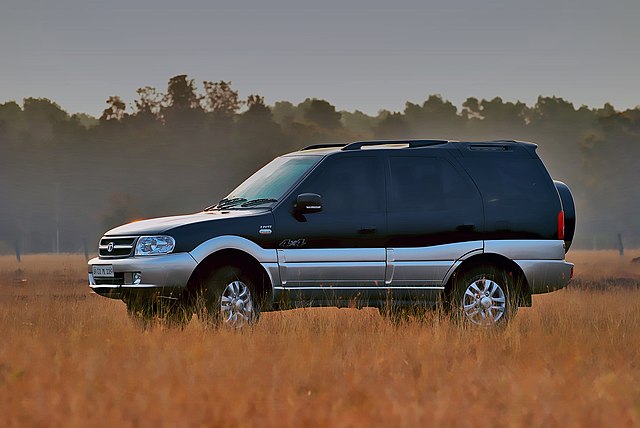
The Safari had a terrific start, and its popularity grew as time went on. But suddenly, in the form of the Mahindra Scorpio, arch-rival has been breathing down its neck. As a result, Tata Motors updated the current Safari in 2005, introducing the Safari Dicor. It arrived with revised external visual upgrades as well as new interiors.
It was powered by a 3.0-liter turbo-diesel Dicor engine adapted from the Tata 407 company vehicle under the hood. It had a 5-speed manual transmission and generated 116 BHP and 300NM of torque. It was attractively priced at Rs.6.40 lakhs to compete with the Mahindra Scorpio.
Tata Safari Storme
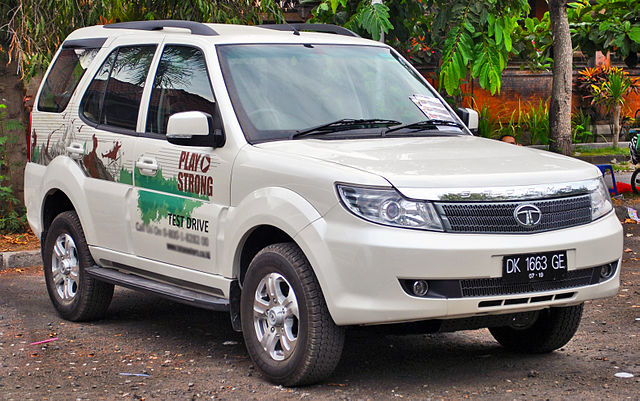
The Safari Storme, which received the most significant redesign, was shown at the 11th Auto Expo in 2012. The Safari Storme had a more aggressive appearance, a sportier front and rear profile, and a design language based on Tata’s X2 platform, which appealed to enthusiasts. The Safari received another engine upgrade with the Storme, this time a new 2.2-liter Varicor engine that produces 150 horsepower and 320 pound-feet of torque.
The Storme was given a more powerful 2.2 Litre Varicor 400 engine in 2015, which produced 156 BHP and 400NM of torque. New stylistic elements influenced by Land Rovers were also added to this model. Both 2WD and 4WD models of the Safari Storme were available.
Download GaragePro App for iOS
The Safari Storme GS800
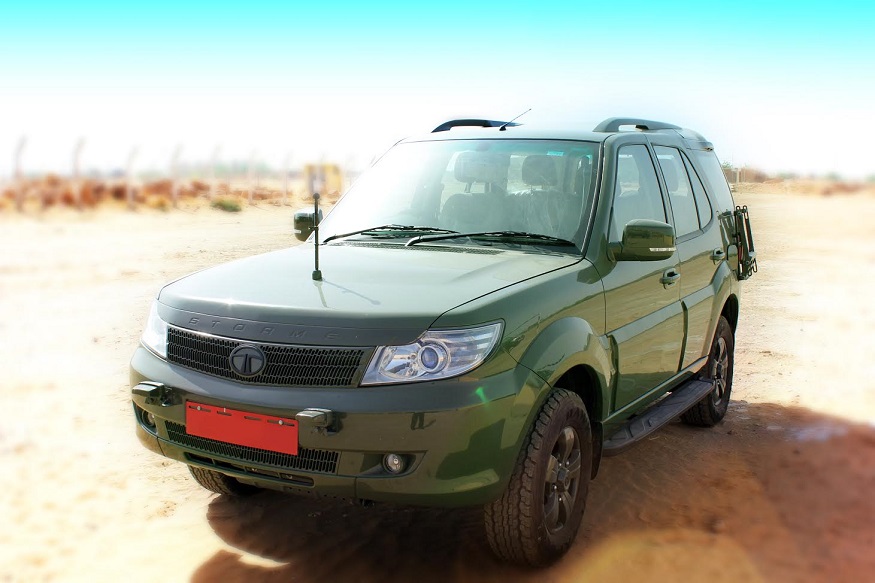
Tata Motors’ car has been a commercial success and critical praise for numerous years. The Safari Storme went on to serve in the Indian Army, proving its worth. The Indian Army commissioned Tata Motors to build customized variants of the Safari Storme as the army’s official vehicle. The GS800 was bullet-proof and provided greater payload capacity, power, and torque statistics for the Army to handle tough terrain and high-altitude highways.
When it was Discontinued?
In December of 2019, Tata decided to discontinue Tata Safari. Due to strict emission laws and increased competition in the market, Tata couldn’t sustain the Safari.
Rebirth
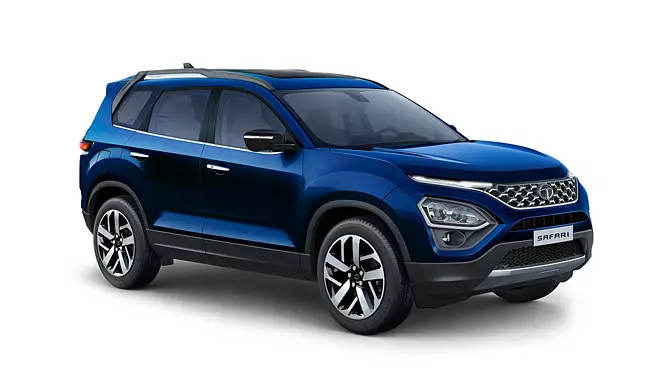
At the 2020 auto expo Tata showcased the Tata Gravitas concept, people were excited as it is going to replace the Tata Hexa. But to everyone’s surprise in 2021 Tata launched Gravitas as Tata Safari. Tata designers were able to retain that tall Safari design that we all come to love. Initial reactions were mixed as some people hated the idea of stretched Harrier but some were excited to see their dream car come back. Let’s wait for a year before a post on Tata Safari history 2.0

